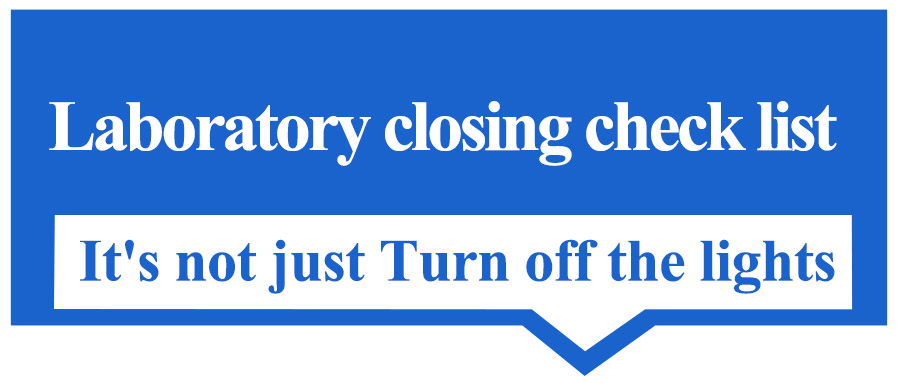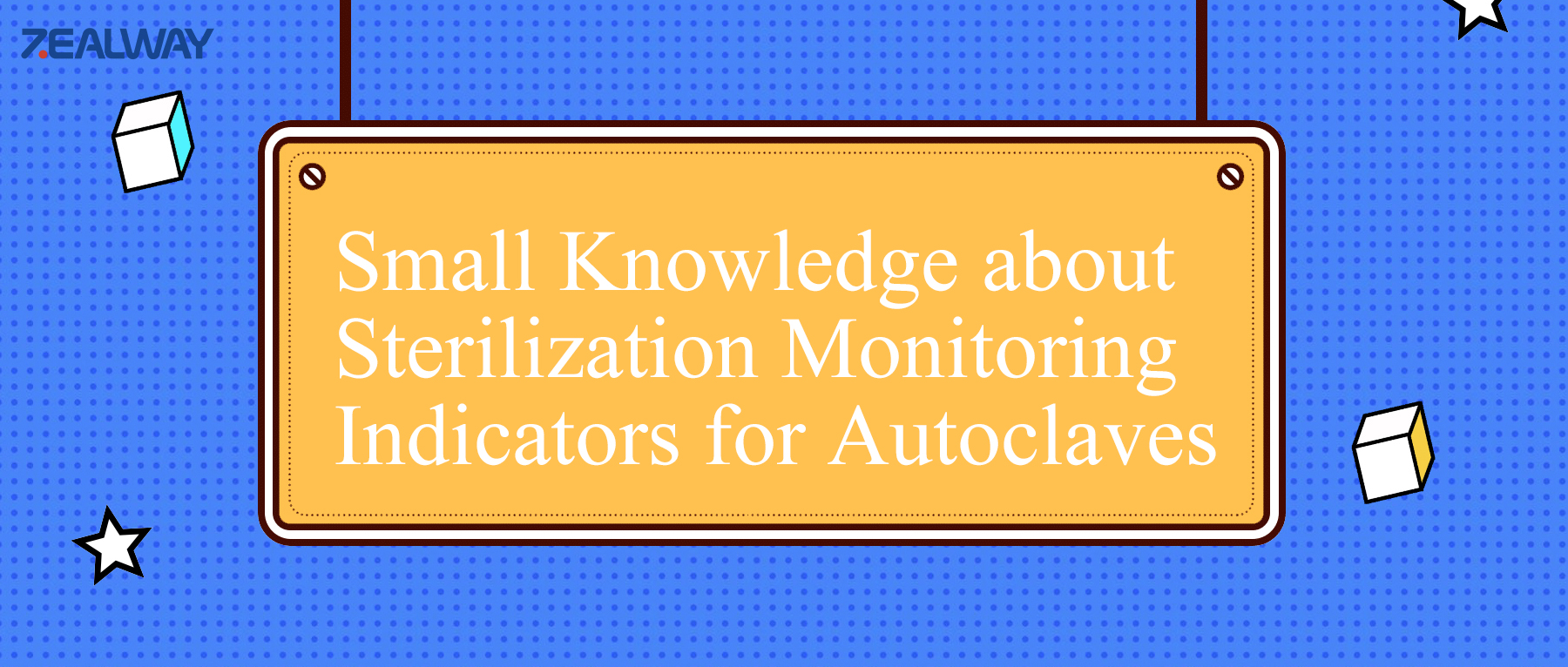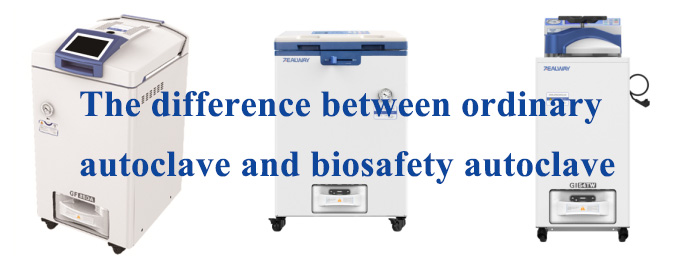
Ensuring the safety of the research environment is not only a responsibility to oneself, but also a safeguard for the team and valuable achievements. Every laboratory member must carefully check each item on this “must-do checklist” before leaving work:
1.Instruments and equipment: bid farewell to “standby anxiety”
Power off/shut down: turn off all instruments and equipment that do not require continuous operation (such as ovens, centrifuges, hot plates, stirrers, etc.), and unplug their power plugs or switch off the socket power.
Special equipment: confirm that equipment needing continuous operation (refrigerators, incubators, servers, etc.) is in normal and stable working condition, with clear labels and emergency contact information.
Gas valves: close the gas valves on the lab bench (especially for flammable and explosive gases like hydrogen and acetylene) as well as the main valves of gas cylinders (if permitted by safety regulations and the cylinders are properly secured).
Water sources: turn off all faucets and check that the cooling water circulation system (if available) has no leaks.
2.Chemicals: lock potential risks
Return and seal: immediately put all used chemicals back to their designated storage locations (fume hoods, safety cabinets, reagent racks), tightly close the bottle caps, and ensure the labels are clear and intact.
Special management: controlled chemicals such as highly toxic, precursor, flammable, and explosive substances must be stored in cabinets with double locks under the supervision of two people.
Clean the workbench: do not leave any open reagent bottles, sample containers, or reaction devices on the workbench.
3.Laboratory workbench: restore a clean workspace
Thorough cleaning: wipe the workbench with an appropriate cleaning agent to remove all residues, stains, and spills.
Return items to their places: remove all personal belongings, lab notebooks (unless specified otherwise), mobile phones, water cups, etc. Keep the workbench clean and uncluttered.
4.Waste disposal: strictly guard the last line of defense
Classified disposal: ensure all generated laboratory waste (waste liquids, solid wastes, sharps, biological wastes, etc.) has been strictly classified, packaged, labeled in accordance with regulations, and placed in designated collection containers or areas. Never mix them!
Safe temporary storage: check that the waste containers in the temporary storage area are well-sealed, free of leaks, and not overstocked.
5.Data and records: the safe of wisdom
Saving and backing up: timely save all experimental data to the designated server or cloud, and close related software and computers (unless large-scale calculations are running).
Return of records: lock the experimental records in personal drawers or designated safety cabinets; never leave them on public workbenches.
6.Doors, windows, water, and electricity: build a physical barrier
Lock the door! Lock the door! Lock the door! The important thing is said three times. Confirm that the main door of the laboratory and the internal rooms that need to be locked (such as the balance room, instrument room, hazardous chemicals room, etc.) are locked.
Close windows: close all windows, especially those on low floors or in easily climbable positions.
Turn off lights: turn off all unnecessary lighting (except for emergency exit signs and necessary instrument indicator lights).
Check water and electricity: take a final quick look around to confirm that there are no abnormalities such as water pipe drips or socket smoke.
7.Personal protection and items: leave lightly
Remove lab coats: be sure to take off your lab coat before leaving the laboratory. Do not wear it into rest areas, offices, or take it out of the laboratory building. Hang it up as required or place it in the laundry basket.
Hand washing: strictly follow the seven-step handwashing method to thoroughly clean your hands.
Take personal belongings: check and take away personal items such as keys, wallets, mobile phones, and employee cards.
8.Communication and responsibility: A safety community
“Last leaver” system: clearly identify who is the last person to leave the laboratory on that day, as this individual bears the final responsibility for safety checks.
Notification of special circumstances: if any special equipment is in operation or experiments need to run overnight, the equipment name, status, estimated completion time, name of the person in charge, and emergency contact number must be clearly noted in a prominent place in the laboratory (such as a whiteboard or duty log). Additionally, inform the laboratory safety officer or supervisor.
Reporting hidden hazards: if any safety hazards (such as abnormal equipment, leaks, damaged door locks, etc.) are found before leaving, immediately report them to the relevant person in charge.
Take one last look when leaving: what you turn off is not just the power and door locks, but also the door to potential risks. —— combined with intelligent monitoring, peace of mind is doubled!








ZEALWAY provides quality autoclaves, full services and professional sterilization solutions for you.
Leave a Reply